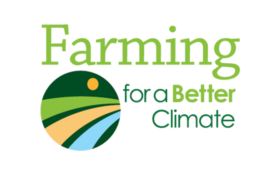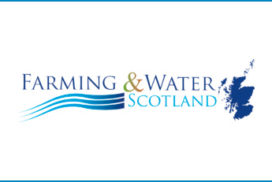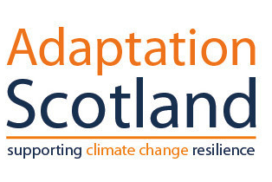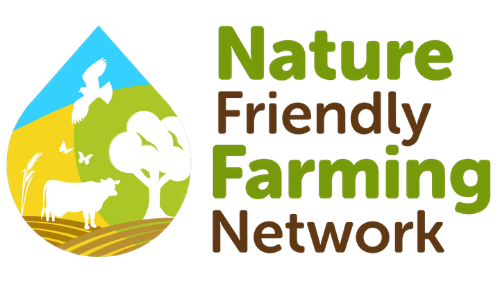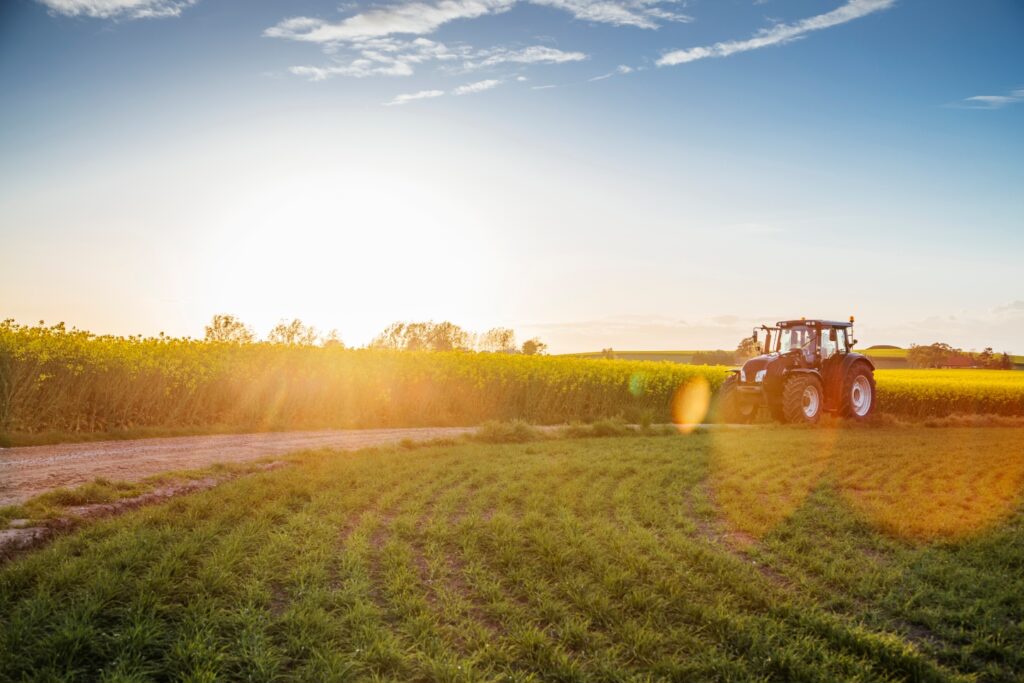Adapting Your System In Response To Climate Change
Our changing climate has already forced adaptation in the Scottish agricultural sector and will continue to do so. In recent years we have experienced:
- Heavier rainfall and flooding
- Increasing temperatures and drought
- High winds and increased storminess
- Extreme cold weather and snowfall.
Understanding how climate change is impacting on the agricultural sector will help you better prepare your business and stay sustainable. Whether you are a livestock, arable, or mixed farm, there are solutions available. This page highlights some of the most common challenges presented by climate change, as well as responses being deployed by farmers and crofters to mitigate their impact.
Livestock Systems
Flooding can erode quality farmland, destroy hedges and fencing and can lead to prolonged field submersion, putting animals at risk and preventing grazing if occurring for a prolonged period. Additionally, waterlogging caused by heavy rainfall increases the risk of soil compaction and poaching from livestock and heavy machinery, taking the field out of commission until conditions ease.
Often these conditions will require animals to be kept in housing for longer periods of time, increasing feed costs. This is expected to become more common and can lead to a number of new logistical challenges such as ensuring you have enough feed stored and having a plan for additional waste storage and use.
Additionally, these conditions can increase the prevalence of pests and disease in waterlogged areas and livestock housing.
Arable Systems
Unstable banks and soil are at a high risk of being eroded by flood waters and heavy rainfall. Waterlogged soil and field submersion increase the risk of soil compaction and can result in compromised soil structure. This can lead to issues such as soil erosion, nutrient loss and diffuse pollution.
Prolonged field submersion or waterlogging can also create anaerobic conditions that can damage crop roots.
Adaptation Systems
| Adaptation | More Info | Livestock | Arable |
| Sustainable Drainage systems (SuDS) | SuDS can be used to transport surface water, slow surface runoff and provide storage areas. | Yes | Yes |
| Natural Flood Management (NFM) | Improving NFM such as restoring peatland, planting riparian woodland or increasing the width of buffer strips can increase water storage and slow water in your catchment. Some of the benefits of NFM include reduced river flow rates, downstream flooding and catchment erosion. | Yes | Yes |
| Introduce new technology | Introducing new technologies to reduce the effects of climate change are key adaptation techniques. Using the most suitable tyres at the correct pressure on heavy machinery to reduce compaction is one example; this may mean changing tyres during the season. | Yes | Yes |
Livestock Systems
High temperatures and increasing cases of droughts in areas of Scotland are having a dramatic effect on water storage and supply, as well as increasing the risk of livestock dehydration and heat stress. In some parts of the country, warmer summers are increasing growing seasons allowing farmers to make more use of grazed grass, saving money and reducing their environmental footprint at the same time.
Arable Systems
Increases in temperature and cases of drought can reduce water available for irrigation, increase the risk of water and heat stress within the crop as well as causing more wildfires.
In some parts of the country, warmer summers are increasing growing seasons, increasing productivity and crop yields.
Adaptation Systems
| Adaptation | More Info | Livestock | Arable |
| Irrigation systems | Having the option to irrigate high value crops can ensure yields do not suffer during dry periods. Even with an abstraction licence, permissions still be can be suspended at times of water scarcity. Be careful not to over abstract, having a backup water source to support this system should be considered. | n/a | Yes |
| Back up water source | Having capacity to store water on farm using systems such as off-stream reservoirs and rainwater harvesting systems will reduce the pressure when water is in short supply. Access to potable water via a borehole can reduce demand on mains water and provide drinking water for livestock. | Yes | Yes |
| Additional water troughs | Adding extra water troughs around the farm will allow livestock to access water easier, reducing dehydration risk. Consider systems such the nose (pasture) pump which only fills when pushed by livestock to prevent loss of water through evaporation. | Yes | n/a |
Arable Systems
High winds and heavy rainfall can damage crops, affecting growth, yields and increase the risk of pests and diseases. Areas of open or unstable soil can also be eroded by high winds and heavy rain, removing valuable top soil from the land and increasing diffuse pollution risk.
Livestock Systems
High winds and storminess are threatening the health and safety of livestock and increasing the amount of time they are housed throughout the year. Additionally, the increase in intensity of these events is causing more damage to farm infrastructure and animal housing.
Adaptation Systems
| Adaptation | More Info | Livestock | Arable |
| Shelter belts | Creating shelterbelts can provide shelter against high winds for crops and provide shelter and shade for livestock. Trees planted will store carbon and become a habitat for a range of flora and fauna. Other benefits include increased water infiltration and soil nutrient cycling. | Yes | Yes |
| Maintenance and/or creation of hedges | Hedgerows can provide shelter against prevailing winds as well as slow surface runoff from water erosion. Litter leaf can improve soil structure helping to retain soil moisture. | Yes | Yes |
| Agroforestry | Agroforestry will create sheltered areas on the farm protecting livestock from direct sunlight, storms and high winds. It can enhance soil fertility and water retention and support beneficial insects/aid pollination and disease control. The branches of some tree species can be used as fodder for various livestock. | Yes | Yes |
| Well maintained livestock housing | Suitable housing will ensure livestock stay safe and healthy during periods of storminess, heavy rainfall or sub-zero temperatures. Ensure any livestock housing is well ventilated and maintained. | Yes | n/a |
Arable Systems
While projections are for winters to become milder and wetter, intensity of cold weather and snowfall events when they do occur is expected to be greater and sporadic.
Sudden drops in temperature may damage young crops or those suited for warmer conditions and repeat freezing of crops can cause significant damage to due to the expansion of plant cells during the freezing process. Sub-zero temperatures may also burst water and irrigation system pipes, and the wet and cold conditions associated with snowfall may reduce soil health though soil compaction.
Livestock Systems
More extreme conditions pose considerable risk to livestock health and welfare, inhibiting movement, increasing energy consumption, and increasing the length and associated costs of livestock housing periods.
Adaptation Systems
| Adaptation | More Info | Livestock | Arable |
| Cover crops | Cover crops help protect soil and water quality. Selecting a hardy winter crop will ensure the most protection against colder conditions. Cover crops are good at preventing soil erosion from heavy rainfall and can increase soil quality by choosing nutrient fixing plants. The right mix of cover crops can also provide additional forage. | Yes | Yes |
| Drain irrigation system during winter months | Removing water from irrigation systems will prevent pipe bursts in sub-zero conditions, increasing the longevity of your system, saving you time and money in the long run. | n/a | Yes |
| Sufficient feed for outwintering livestock | Placing silage bales out in the field at the start of the winter season and opening them up when required, ensures livestock have access to feed and can reduce vehicle movement in snowy conditions. | Yes | n/a |
| Farm Slurry and Manure Management Plan | Updating your Farm Slurry and Manure Management Plan to ensure you take into account increased housing periods | Yes | n/a |
Further Information
The information on this page should help you identify your options, and there are a huge amount of additional resources available to Scottish farmers that can help further inform your decision making:
Sign up to the FAS newsletter
Receive updates on news, events and publications from Scotland’s Farm Advisory Service

